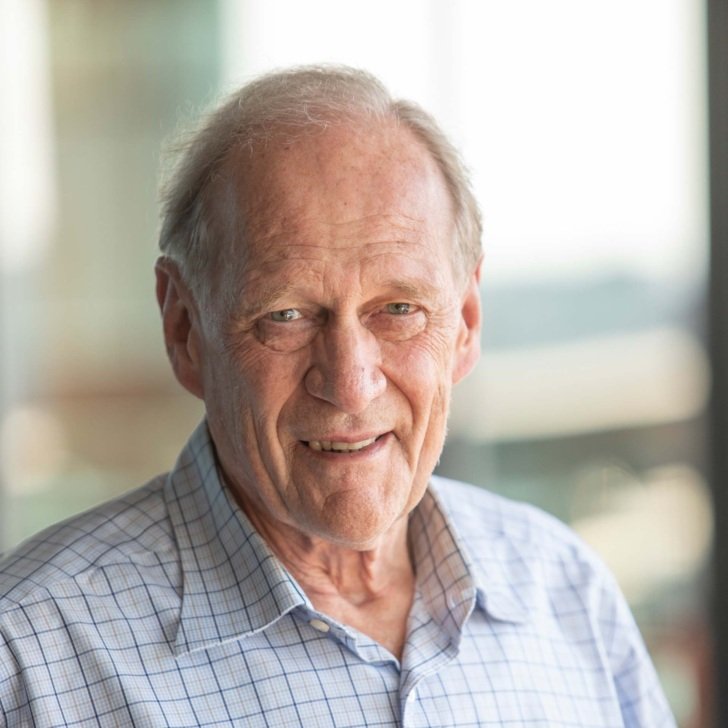A stem cell therapy for Hirschsprung disease
Hirschsprung disease is a common disorder affecting newborn children. To save lives, the infants are operated on in the first few weeks. However, they suffer long-term complications, which we hope to prevent through stem cell replacement of missing neurons.
Hirschsprung disease (HSCR) is a congenital enteric neuropathy characterised by the lack of enteric neurons in the distal bowel, which results in a loss of propulsive motility and life-threatening constipation. Without surgical removal of the defective bowel, the infant dies. Current surgical intervention, while life-saving, frequently results in chronic long-term complications including constipation, faecal soiling and associated psychosocial problems. Consequently, alternative treatments are needed.
Aim
- Study the rescue of Hirschsprung rats and evaluate recolonisation using structural and functional methods.
Our studies have shown that following transplantation into the bowel, endogenous enteric neural progenitors give rise to new neurons that are electrically active, integrate into the enteric nervous system circuitry and functionally innervate the gut muscle. We have embarked on a program to rescue rats from certain death by bypassing the defective bowel, restoring function by stem cell therapy and then re-joining the bowel as illustrated below.
Research team
Supervisor
Members
- Madeleine Di Natale
Research group
Take part in this project
Student applications
Students who are applying to study at The Florey can register their interest in this project. Refer to our step-by-step guide to help you with your application.
Contact us
If you’re interested in learning more about this project please contact our team.
